TOP 10 Horror games that build fear without jumpscares
The 10 horror games below prove that dread doesn’t need constant jumpscares — just the right mix of tension, story, and atmosphere. They offer a range of terrifying experiences, from slow-burning psychological nightmares to intense survival challenges. Each one builds unease over time, much like the creeping horror of the movie Weapons.
Thanks to ScreenRant and their recent list, we know what to play if we want spooky vibes on maximum level. Some of these titles are connected to famous franchises, while others are completely original ideas that still manage to unsettle players. Whether it’s the sci-fi dread of Alien: Isolation or the surreal discomfort of Signalis, the games listed here show different ways horror can be delivered. Fans looking for something beyond the familiar will find plenty of options here.
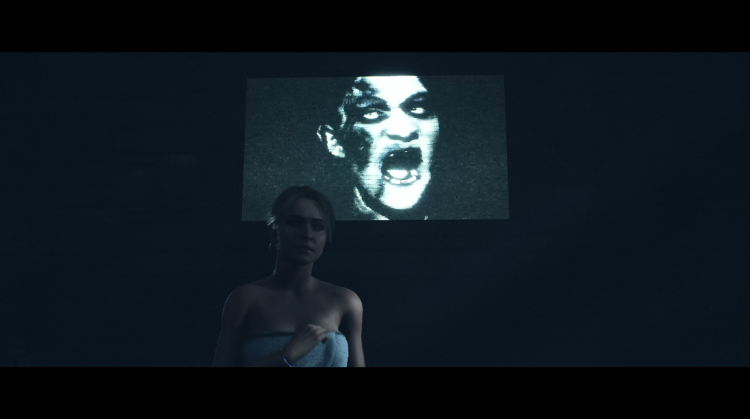
Until Dawn
Until Dawn takes the idea of a horror movie and makes it interactive. Set in a secluded mountain cabin, it follows a group of friends whose fates depend entirely on player choices. Small decisions — like missing a quick time event — can mean life or death. The tension comes from both the story and the mechanics, with some moments requiring you to keep your controller perfectly still. Replayability is high thanks to multiple endings, and it’s entirely possible to either save everyone or lose them all.
The game thrives on the “butterfly effect” system, where every action creates lasting consequences. Fail a single task, and you might doom a character. Survive a tense standoff, and you could unlock a completely different chain of events. The mix of cinematic presentation and branching storylines makes it a perfect bridge between gaming and horror cinema.
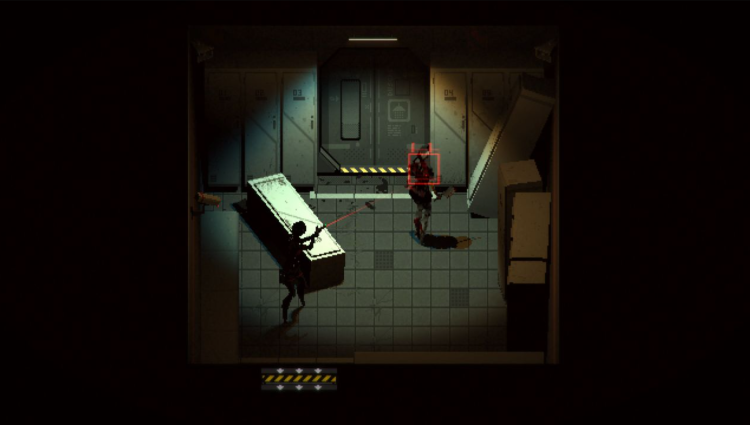
Signalis
Signalis offers a slower, more psychological approach. You play as Elster, a biomechanical Replika technician searching for her human companion after a crash on a strange world. The game mixes survival horror mechanics with surreal, dreamlike environments inspired by works like The King in Yellow. Limited inventory and eerie locations make every moment tense, while multiple endings invite repeat playthroughs.
Its art style — a mix of top-down and 2.5D pixel visuals — adds to the sense of unease, as does its haunting soundtrack. Every corridor feels like a trap, every encounter like a puzzle wrapped in dread. While combat exists, it’s never the main focus. Instead, the game leans into mystery, atmosphere, and a constant, subtle pressure that something is deeply wrong.
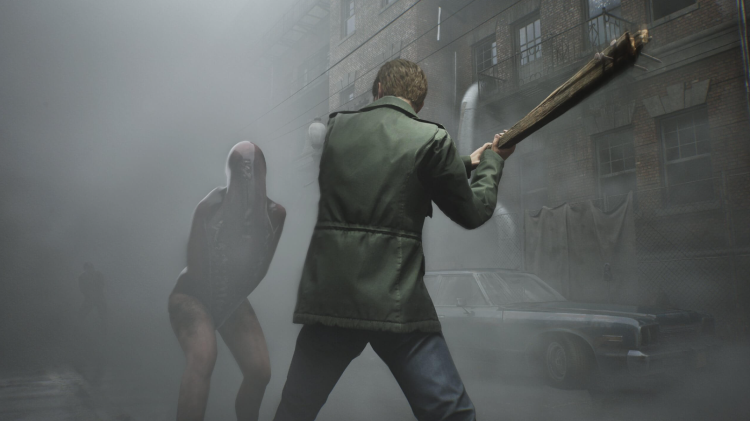
Silent Hill 2 (2024)
Silent Hill 2 remains one of the most celebrated horror stories in gaming, and the 2024 remake carefully preserves its core while updating the experience for modern audiences. It follows James Sunderland as he returns to the fog-draped town after receiving a letter from his deceased wife.
The game balances grotesque creatures like Pyramid Head with quiet, oppressive moments where the silence itself becomes unsettling. Multiple endings offer interpretations of James’ journey, and the remake keeps the layered symbolism intact. Every location feels heavy with meaning, and the slow unraveling of James’ past makes the horror as emotional as it is physical.

The Mortuary Assistant
The Mortuary Assistant begins with an already unsettling job — embalming the dead — and turns it into something far more sinister. Alone in a funeral home, you work on preparing bodies while strange and disturbing events unfold.
At first, it’s the quiet that gets to you — the hum of the equipment, the stillness of the bodies. But soon, details begin to shift, shadows grow longer, and whispers creep in. The game moves from routine tasks to chaotic supernatural horror, mixing personal revelations about the protagonist with occult threats. Its pacing rewards patience, building from subtle discomfort to full-blown terror.
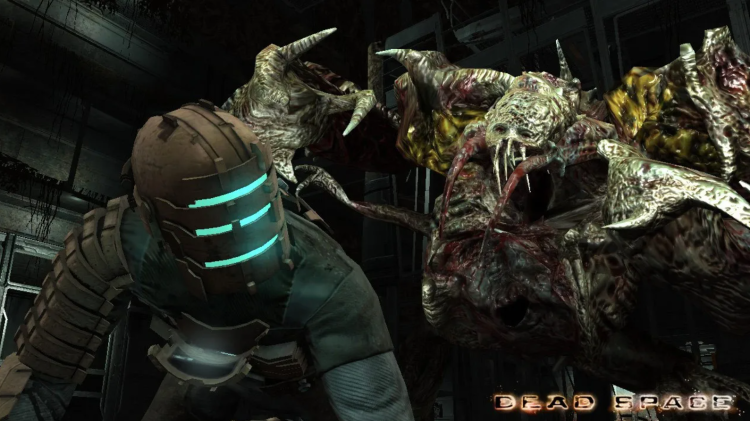
Dead Space
Dead Space remains one of the most iconic sci-fi horror games. Whether it’s the 2008 original or the 2023 remake, the setup is the same: engineer Isaac Clarke boards a mining ship only to find it overrun by Necromorphs — twisted, reanimated corpses that attack in unpredictable ways.
The game blends action and horror seamlessly. Weapons feel powerful, but never quite enough to erase the constant tension. Tight corridors and sudden ambushes force you to listen for enemies as much as you look for them. Environmental storytelling fills the USG Ishimura with details that make the setting feel lived-in — and doomed. By the time the twist is revealed, the game has already secured its place as a benchmark for the genre.

Slay the Princess
Slay the Princess starts with a single instruction: kill the princess or the world ends. It sounds simple, but nothing about it stays that way. The game unfolds as a branching visual novel where choices create entirely new realities. You might show mercy, act with violence, or make a decision that shifts the story into something you couldn’t have predicted.
The loops repeat, but they never play out the same. Characters change, environments twist, and the tone moves from unsettling to surreal horror. The narrative constantly challenges what you believe about the situation, creating a kind of psychological maze that demands multiple playthroughs to fully appreciate.

Alan Wake II
Alan Wake II expands its predecessor’s blend of mystery and horror into two intertwined campaigns. One follows Saga Anderson, an FBI detective investigating ritualistic murders in a small town. The other follows Alan Wake himself, navigating strange, shifting spaces outside normal reality.
Light becomes both weapon and lifeline. Enemies are vulnerable only when illuminated by your flashlight, making battery management a key survival skill. The split structure means you experience two atmospheres: Saga’s investigation offers grounded, folk-horror unease, while Alan’s sections feel like drifting through a dream — or a nightmare. The result is a layered and unpredictable horror story.
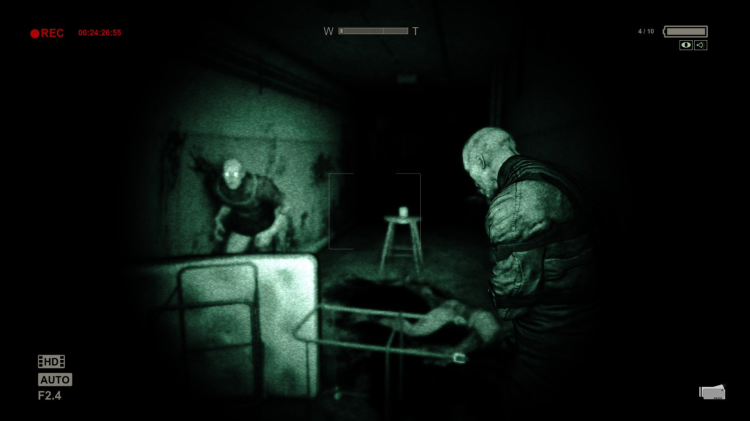
Outlast
Outlast traps you in an abandoned asylum overrun by violent, deranged patients. You’re a reporter with no weapons, relying only on a camcorder’s night vision to navigate the dark. Batteries are scarce, and running out leaves you completely exposed.
The game’s pacing leaves almost no safe moments. Every new hallway might hide someone — or something — waiting to chase you down. Outlast is built around evasion, forcing you to learn the layout and find hiding spots as you uncover the asylum’s grim secrets. The scares are intense, but they’re always tied to the claustrophobic setting and the dangers within it.
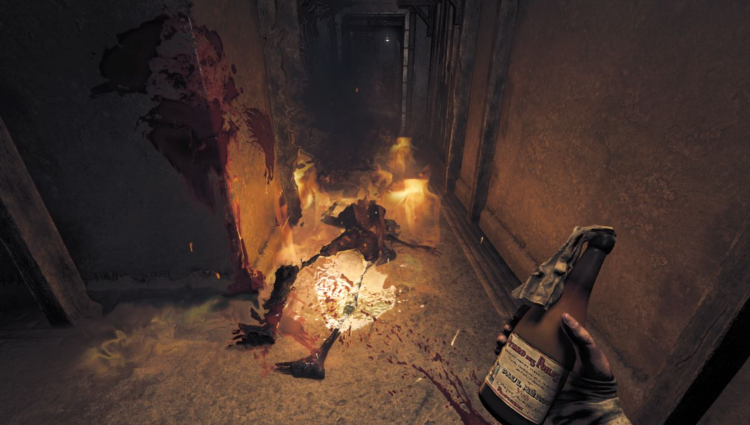
Amnesia: The Bunker
Amnesia: The Bunker takes the series’ tradition of atmospheric horror and sets it in the trenches of World War I. You find yourself trapped underground with a relentless monster that reacts to your movements and learns from your actions. This adaptive AI ensures no two encounters feel the same.
The bunker is semi-randomized each time you play, changing item locations and routes. Supplies are limited, and the constant sound of something hunting you creates an oppressive tension. The mix of war-torn realism and supernatural danger makes the setting feel both historically grounded and completely alien.
Little Nightmares II
Little Nightmares II turns a simple platforming setup into a slow-burn nightmare. You play as Mono, joined by Six, as you navigate a world warped by a mysterious broadcast. The landscape is full of distorted figures and oversized threats, making you feel constantly out of place and in danger.
Without dialogue, the game uses environmental storytelling to reveal its dark world. Every room tells a story through its layout, its props, and its enemies. The tone is unsettling from start to finish, building toward moments that are more disturbing because they’re left unexplained. It’s a horror game that lingers not because of what it shows, but because of what it suggests.
Read also: "New Horror Game from Little Nightmares Creators to Be Unveiled at Gamescom 2024."
“Boo” to Every Horror Game-Lover
These ten games prove that horror isn’t just about startling players — it’s about keeping them on edge long after they’ve stepped away from the screen. Whether it’s the oppressive silence of Silent Hill, the relentless pursuit in Amnesia: The Bunker, or the surreal twists of Slay the Princess, each one uses atmosphere, tension, and storytelling to create lasting fear. They take different paths to the same destination: a place where you’re never sure what’s waiting around the corner, and you’re not sure you want to find out.

Comments